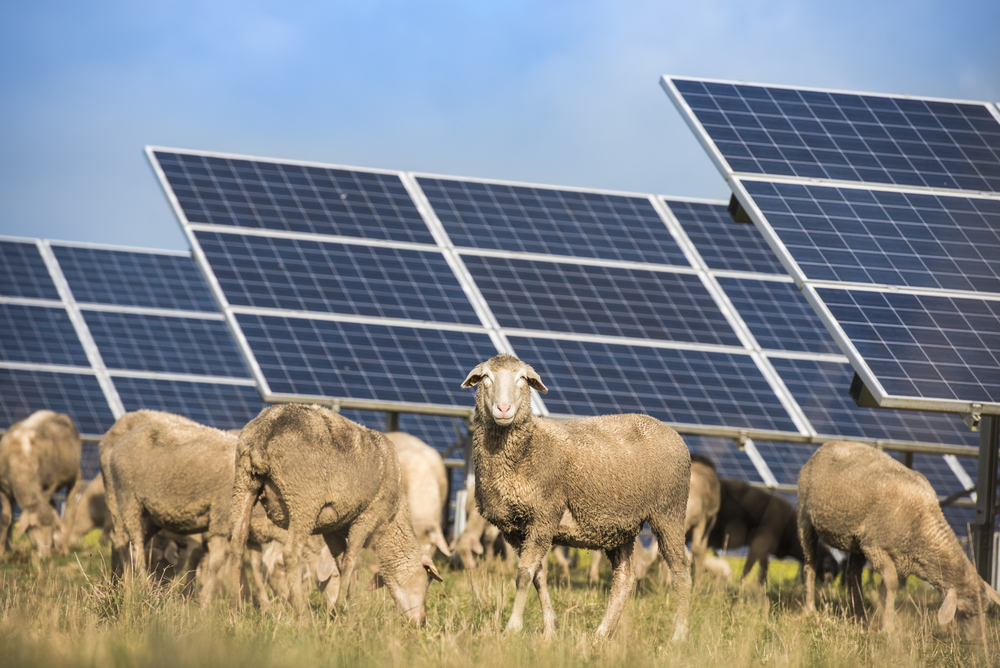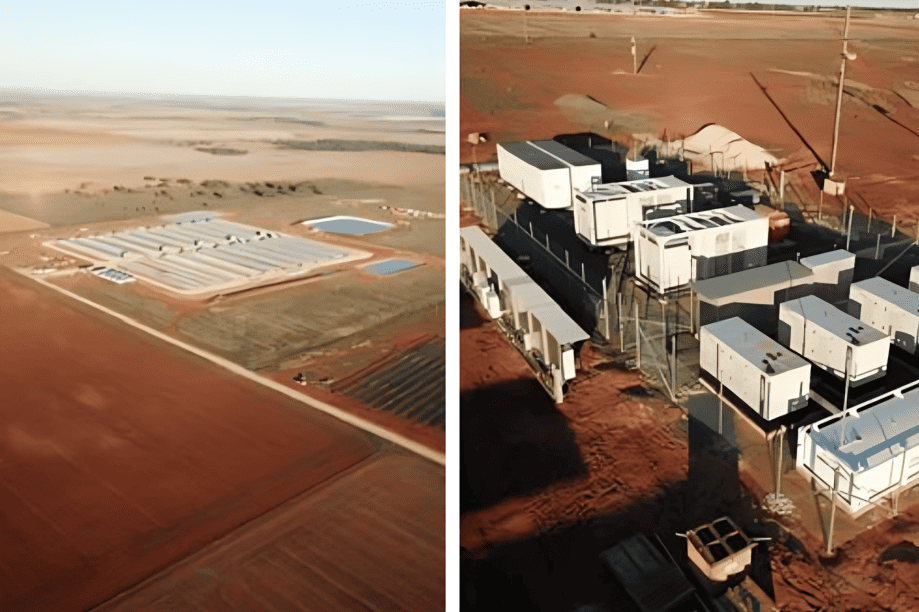
As interest grows in agrisolar – using land for both agriculture and solar power – the Clean Energy Council (CEC) has produced the Australian Guide to Agrisolar for Large-scale Solar to assist proponents of utility-scale solar and the landholders and farmers who work with them to integrate agricultural activities into solar farm projects.
The guide was officially launched today (11 March) at the CEC’s Large-scale Solar Forum.
The Council highlights that agrisolar has quickly taken off in Australia in the form of ‘solar grazing’, which is now the predominant form of land co-use for large-scale solar, both here and internationally. However, other forms of agrisolar are emerging internationally, which support horticulture, viticulture, aquaculture and even cropping activities.
“For a long time, the agriculture and renewable energy sectors have worked in partnership, and this guide is aimed at inspiring new ways in which the sectors can work together to maximise the productivity of land,” said the CEC’s Policy Director for Energy Generation, Anna Freeman.
Some of the key findings of the guide are:
- Agrisolar is fast becoming a popular concept internationally as more densely populated countries pursue a clean energy transition, with innovations such as elevated PV panels, PV greenhouses and rooftops being developed to accommodate different types of agricultural practices.
- Solar grazing practices are now in place at more than a dozen solar farms across Australia. Where utilised, it has proven to be highly successful for both the proponents and the graziers, providing benefits such as lowering operating costs and improving sheep wellbeing.
- Recent international studies have shown that some crops can be grown at the same or even an improved rate under solar PV. The studies suggest this is due to the panels protecting the crops from sun damage and extreme weather events, increasing soil moisture and reducing soil temperature on hot days.
- Solar farms can be excellent habitats for bees due to their proximity to native vegetation and flowering plants, as well as the security provided by fences. Bees provide a vital service for biodiversity and can provide pollination for surrounding farms.
One example featured in the guide is a horticultural solar energy project that has recently commenced at Agriculture Victoria’s SmartFarm Tatura site as part of the Victorian Agriculture Energy Investment Plan.
Researchers will investigate the potential for integrating solar panels within a pear orchard to improve fruit quality by protecting the trees and fruit from extreme heat events and sunburn.
Meanwhile, in Parkes, NSW, solar grazing has delivered benefits for the local Show Society.
Councillor Ken Keith, Mayor of Parkes and Show Society member, shared that trialling merino wethers at the Parkes Solar Farm in 2019 produced excellent results both in the wool’s quality and the sheep’s health, despite the impacts of drought.
“It’s a win-win for the community and the solar farm. It helps the Show Society stay afloat while reducing the maintenance costs for the solar farm.”
The Clean Energy Council is promoting the broader scale adoption of agrisolar to maximise land productivity in Australia and support the long-term success of renewable energy in regional and rural communities across the country.
The guide is available at www.cleanenergycouncil.org.au/agrisolar











